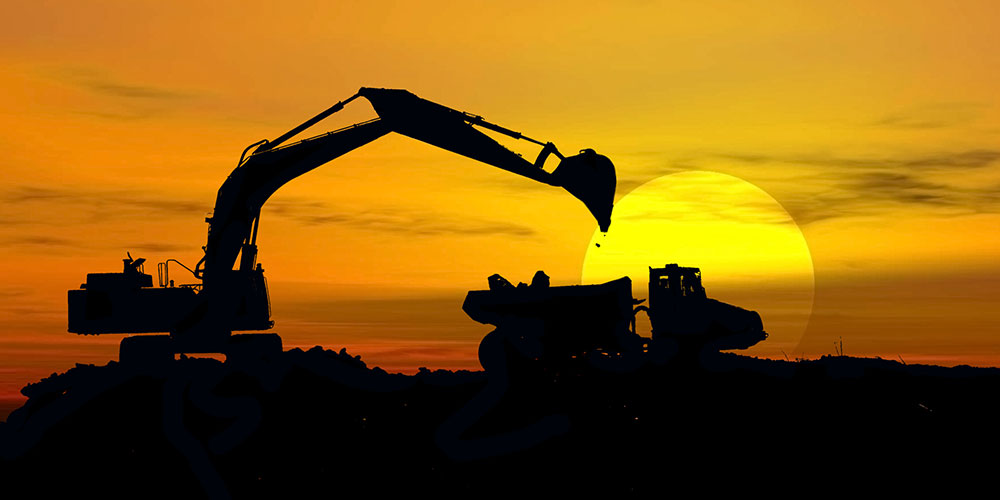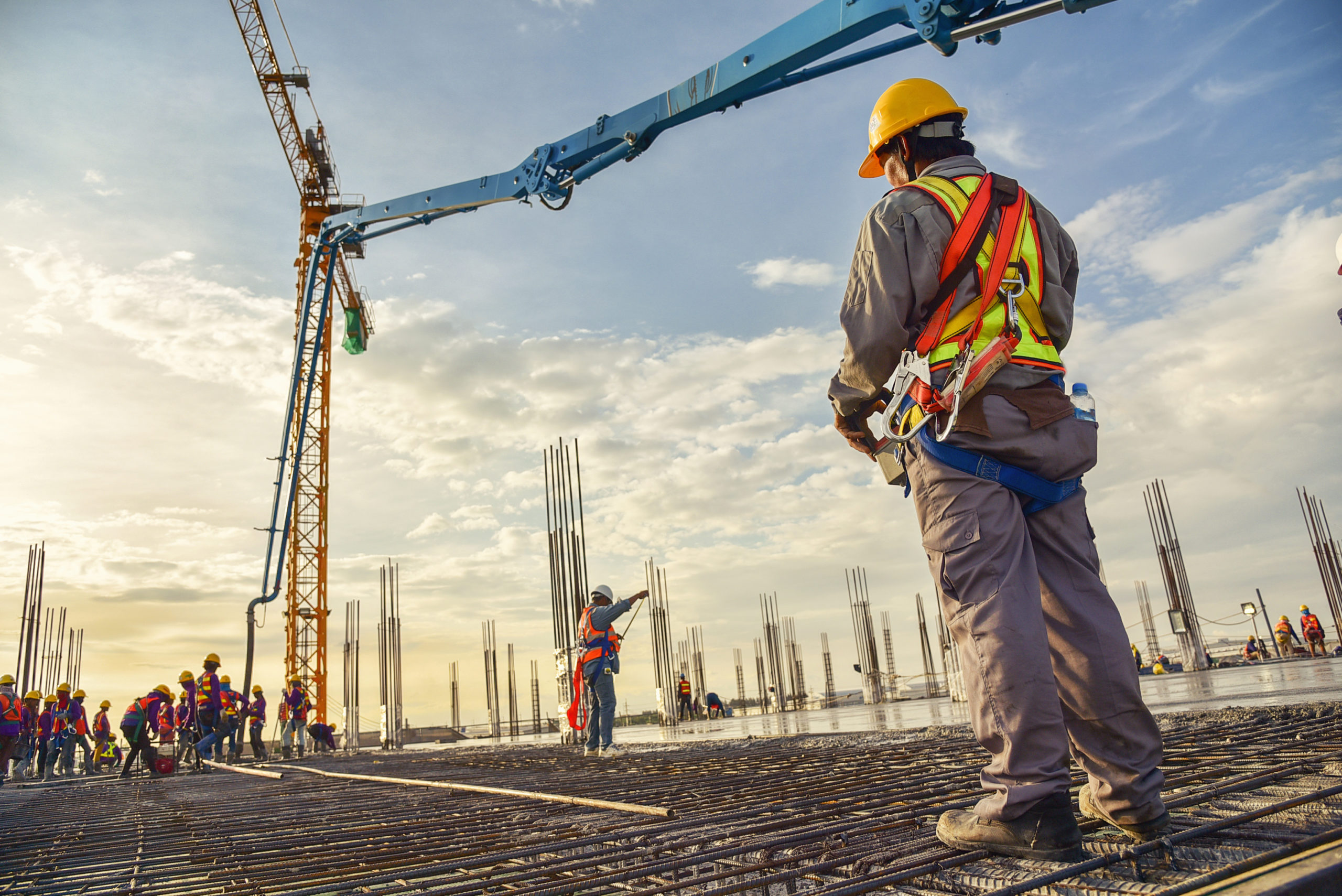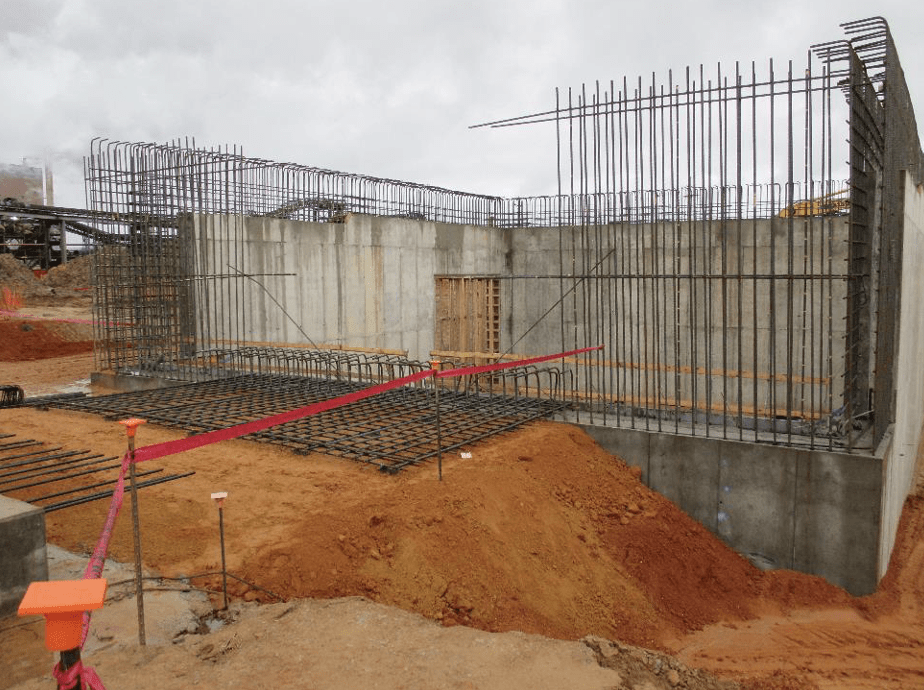Experienced Geotechnical Geologist for In-Depth Ground Investigations
Wiki Article
Just How Consulting Engineers Enhance Geotechnical Design Projects: Insights Into Their Knowledge, Approaches, and Collaborative Approaches
Consulting engineers are pivotal in enhancing geotechnical design tasks, applying their specialized understanding to navigate the intricacies of subsurface conditions. Their collaborative methods foster communication among varied task stakeholders, eventually forming the job's trajectory.Role of Consulting Engineers
The knowledge of consulting designers in geotechnical engineering is essential to the successful execution of construction projects. These experts play an essential function in assessing dirt and rock residential or commercial properties, which are crucial aspects influencing layout and building and construction decisions. By carrying out comprehensive site examinations, speaking with engineers gather vital data that educates the style procedure, making certain tasks are built on secure and appropriate ground.Consulting engineers likewise offer indispensable insights right into threat monitoring (geotechnical geologist). They recognize prospective geotechnical hazards, such as landslides, dirt liquefaction, and settlement issues, enabling stakeholders to execute efficient reduction strategies. Their competence help in maximizing foundation designs, which can result in considerable cost savings and improved safety and security
In addition, speaking with engineers work as a vital link in between job proprietors, architects, and service providers. Their ability to equate complicated geotechnical data into actionable suggestions promotes partnership and facilitates notified decision-making throughout the project lifecycle. This multidisciplinary method not only improves job efficiency however also makes sure compliance with governing requirements and best techniques.
Key Techniques in Geotechnical Engineering

One main method is website investigation, which involves carrying out field examinations and research laboratory evaluations to collect data on subsurface conditions. Techniques such as Requirement Infiltration Screening (SPT) and Cone Penetration Testing (CPT) are widely used to assess soil stratigraphy and stamina. Furthermore, geophysical approaches, consisting of seismic and electric resistivity studies, give non-invasive methods to analyze subsurface features.
An additional critical methodology is numerical modeling, which enables engineers to simulate various scenarios and predict just how soil-structure communications will certainly act under various loading problems. Limited Component Evaluation (FEA) is a typical strategy utilized in this context.
Furthermore, the design of foundations, retaining frameworks, and earthworks depends heavily on these approaches - geotechnical geologist. By integrating innovative logical tools with field information, getting in touch with designers can establish customized options that address certain job challenges, inevitably adding to the stability and security of construction tasks
Significance of Dirt Analysis
Dirt analysis works as a foundational component in geotechnical engineering, giving vital insights right into the physical and chemical buildings of soil necessary for efficient construction preparation. Understanding dirt characteristics is vital for determining its load-bearing ability, drainage habits, and potential for settlement or instability. Thorough soil investigations, consisting of sampling and research laboratory testing, aid determine criteria such as soil kind, moisture web content, density, and shear toughness.
These analyses notify the selection of appropriate building methods their explanation and products, eventually affecting job safety and durability. Natural dirts might require different foundation styles compared to granular soils, requiring customized design remedies. Dirt evaluation aids in determining pollutants that could position dangers to human health or the environment, allowing for the development of reduction approaches.
Including dirt analysis right into the beginning of job growth assists to lessen unpredicted obstacles, ensuring that designers can prepare for and attend to prospective problems before they escalate. By developing a thorough understanding of link the website conditions, seeking advice from designers can maximize style effectiveness and reduce prices, consequently improving the overall success of geotechnical design jobs.
Collaborative Strategies in Jobs
Successful geotechnical tasks commonly rest on collaborative techniques that unite varied proficiency from numerous self-controls. Effective partnership among getting in touch with engineers, geologists, environmental researchers, and building experts is essential for dealing with complicated challenges and maximizing task results. By leveraging the distinct skills and understanding of each team member, tasks can take advantage of an all natural understanding of the site problems, governing demands, and design constraints.Routine interaction and interdisciplinary meetings assist in the sharing of understandings and foster a society of synergy. These collaborative initiatives make it possible for the identification of prospective threats early in the project lifecycle, enabling timely mitigation approaches. Furthermore, integrating responses from stakeholders, including local neighborhoods and governing firms, guarantees that all point of views are taken into consideration, enhancing project approval and compliance.
Additionally, the integration of advanced innovations, such as Geographic Info Equipment (GIS) and Structure Information Modeling (BIM), additional improves partnership. These devices enable the real-time sharing of information and visualization of geotechnical problems, advertising notified decision-making. Eventually, a collective technique not just improves project execution but also lays the foundation for cutting-edge remedies to intricate geotechnical design difficulties.
Effect On Job Outcomes

Consulting engineers utilize innovative techniques such as danger analysis and predictive modeling, which improve the precision of job projections. Their ability to integrate ingenious modern technologies, like geotechnical instrumentation and description data analytics, better refines the style and construction procedures. As a result, tasks experience improved effectiveness, lowered costs, and lessened hold-ups.
Additionally, promoting reliable communication and partnership amongst group participants enhances analytical abilities. When obstacles arise, a united front enables for speedy recognition of solutions, avoiding potential troubles. Ultimately, the collaborative efforts of getting in touch with engineers add to better end results, making certain that projects meet both regulatory standards and client expectations.
Conclusion

Report this wiki page